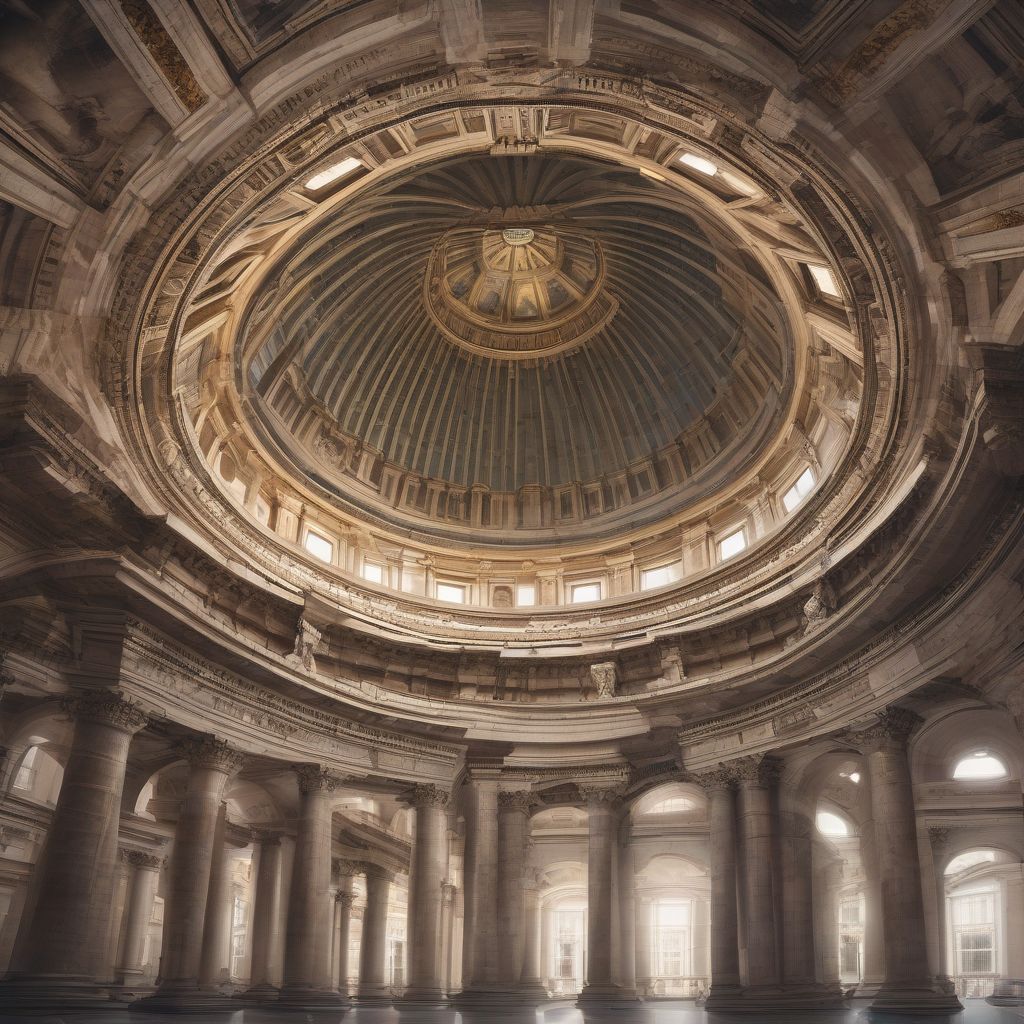Have you ever stood before a magnificent cathedral, a sleek skyscraper, or even a humble, well-designed home and felt a sense of awe? That feeling is a testament to the power of design and architecture, a power rooted in “big ideas” that have shaped our built environment for centuries. This journey through history will explore some of these pivotal concepts, revealing how they’ve influenced not just buildings, but also the way we live.
The Dawn of Architecture: Form and Function
From the earliest shelters to the pyramids of Giza, one fundamental idea has driven architectural design: function. Structures were built for a purpose – protection from the elements, religious worship, or demonstrations of power. This principle of “form follows function,” though popularized in the 20th century, has its roots in these ancient structures. The sloping sides of a pyramid, for instance, were not just aesthetically pleasing; they were essential for stability and durability.
Early Innovations: Post and Lintel, Arches, and Domes
Early builders experimented with different structural systems. The post and lintel, utilizing two vertical supports and a horizontal beam, was a foundational technique. Think Stonehenge – massive stones arranged in a simple yet effective structure. The arch, developed by the Romans, allowed for larger, more open spaces, revolutionizing bridge and aqueduct construction. Later, the dome, exemplified by the Pantheon, became a symbol of Roman architectural prowess.
 Roman Architecture: Dome and Arch
Roman Architecture: Dome and Arch
The Rise of Ornamentation and Style
As societies evolved, architectural design became more than just functional. Ornamentation emerged as a way to express cultural values, religious beliefs, and individual status. The Gothic cathedrals of Europe, with their intricate carvings, soaring spires, and stained-glass windows, are prime examples of this trend. These structures weren’t just places of worship; they were artistic masterpieces that reflected the spiritual aspirations of the age.
The Renaissance and the Classical Revival
The Renaissance marked a renewed interest in classical Greek and Roman architecture. Architects like Brunelleschi and Palladio reinterpreted these classical forms, emphasizing symmetry, proportion, and harmony. This classical revival influenced architecture for centuries, seen in everything from grand palaces to public buildings.
The Industrial Revolution and the Modern Era
The Industrial Revolution brought new materials and technologies that transformed architecture. Iron and steel allowed for taller, lighter structures, ushering in the age of the skyscraper. New construction methods like prefabrication and mass production led to more efficient and affordable housing.
The Bauhaus and Functionalism
The Bauhaus school of design championed the idea of “form follows function” with renewed vigor. Architects like Walter Gropius and Mies van der Rohe stripped away ornamentation, focusing on clean lines, simple forms, and functionality. This functionalist approach had a profound impact on modern architecture, shaping the sleek, minimalist aesthetic we often associate with the 20th century.
Sustainable Design and the Future of Architecture
Today, architects face new challenges, including climate change and resource depletion. Sustainable design, which prioritizes environmental responsibility and energy efficiency, is becoming increasingly important. Green building practices, the use of renewable materials, and innovative building technologies are shaping the future of architecture, creating buildings that are not only beautiful and functional but also environmentally conscious.
Biomimicry and Nature-Inspired Design
One exciting trend is biomimicry, which draws inspiration from nature to solve design problems. Architects are looking to natural forms and systems to create buildings that are more efficient, resilient, and harmonious with the environment.
 Modern Sustainable Architecture: Biomimicry
Modern Sustainable Architecture: Biomimicry
Conclusion
From the ancient pyramids to the sleek skyscrapers of today, the “big ideas” in design and architecture have continuously evolved, reflecting the changing needs and aspirations of societies. While styles and technologies may change, the fundamental principles of functionality, aesthetics, and sustainability continue to shape the built environment around us. As we move forward, it’s essential to remember these historical lessons, to learn from the past, and to continue innovating for a more sustainable and beautiful future. What architectural marvels will the next generation create? Share your thoughts and predictions in the comments below!
- McAlester, Virginia Savage (Author)
- English (Publication Language)
- Hardcover Book
- Wonder House Books (Author)
- English (Publication Language)
- 592 Pages - 03/01/1983 (Publication Date) - Dover Publications (Publisher)
- Hardcover Book
- Bruni, Carla (Author)
- Hardcover Book
- Hanson, Scott T (Author)
- Hardcover Book
- Crowther, Jane (Author)
- Miller, Tom (Author)
- English (Publication Language)
- Haneman, John Theodore (Author)
- English (Publication Language)
- Hardcover Book
- Architectural Digest, Architectural (Author)










